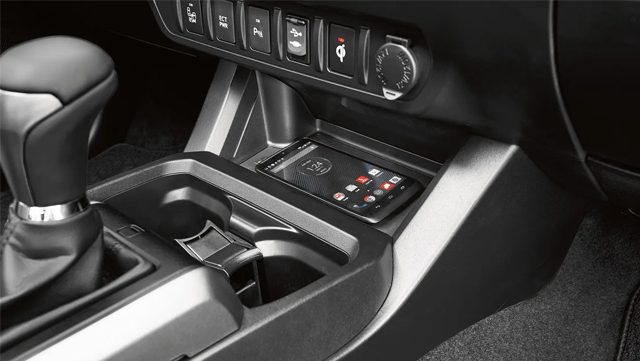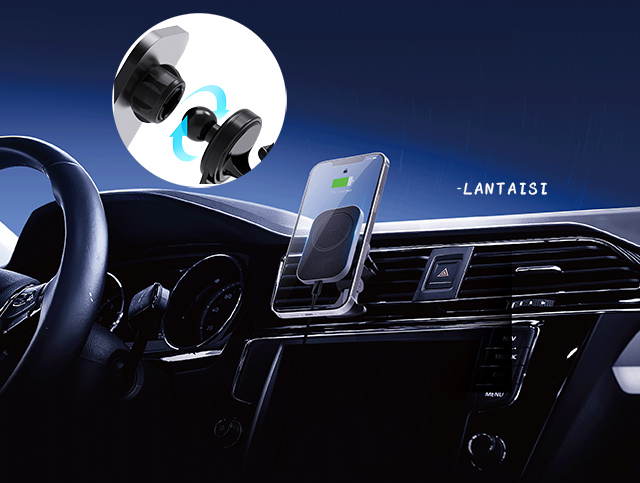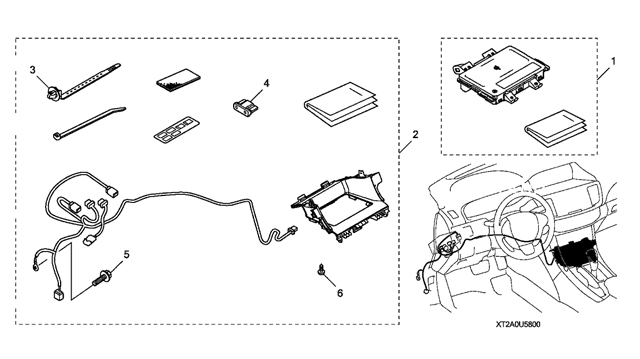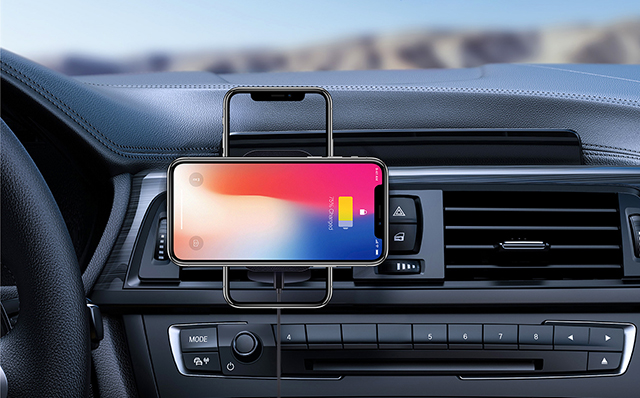Specialize in Solution for power lines like wireless chargers and adapters etc. ------- LANTAISI

First, check out the owner’s manual. If you purchased your car in the last couple of years, it might already include a Qi-compatible wireless charging pad, generally installed in the center console or the change tray in front of the shifting column. Toyota seems to be the most enthusiastic carmaker that equips its vehicles with wireless charging pads, but according to TechCrunch , Honda, Ford, Chrysler, GMC, Chevrolet, BMW, Audi, Mercedes, Volkswagen, and Volvo all offer it on at least some models. If you’re in the market for a new vehicle and you find value in wireless charging, add it to your list of must-have features.

That being said, the majority of cars on the road right now don’t have wireless charging built in. No biggie: there are plenty of accessory makers happy to fill that gap. Qi-compatible wireless charging pads for cars are more expensive than the ones for home and office, mostly because they need extra hardware for a GPS-style display. But there are still plenty of options out there, many under $50.

I’m partial to the LANTAISI Magnetic Wireless Car Mount CW12 , which uses both Qi charging and a series of powerful magnets to hold your phone in place without a clamp. It’s an excellent way to preserve the speed advantage of wireless charging. This Magsafe model is a more economic alternative. Both of them require only a standard cigarette lighter adapter for power.

If you want to step up to a more integrated solution, then dig into your car manufacturer’s OEM parts list. If your car model has an optional wireless charging upgrade but your specific car isn’t equipped with it, you might be able to find the relevant part. You can then install it into your dashboard yourself, or bring it to a nearby mechanic or dealer with a service center to have it professionally installed. The diagram above shows an original Honda wireless charging pad installed with a connection to the fuse box.

Finally, if you’re a true do-it-yourself type, you can install your own custom wireless charging solution. Qi wireless charging requires only a few thin, inexpensive induction coils and a small circuit board, easily found online, and an electrical connection with an output of 15 watts or less. You can even disassemble the casing on a home wireless charger and repurpose its internal coils for your project. If you need some help , LANTAISI can help you design Chip solution.
If you can find a spot on your center console or dashboard where the non-metallic material is less than three or four millimeters thick (so the energy from the induction coils can reach the receptor coils in your phone), you can stick the coil pad beneath it, run the power to the fuse box or battery or a hidden USB charging port, and you’ve got yourself a permanent wireless charging spot. If there’s no convenient place to stick the charging pad, you can do some custom work and replace the change tray with a thinner base. Depending on your car model this might be a surprisingly quick “hack” or a custom job taking several hours, but either way, it’s cheaper than getting a new car and more aesthetically pleasing than a retail charger.
Questions about wireless charger? Drop us a line to find out more!
Post time: Jan-17-2022
